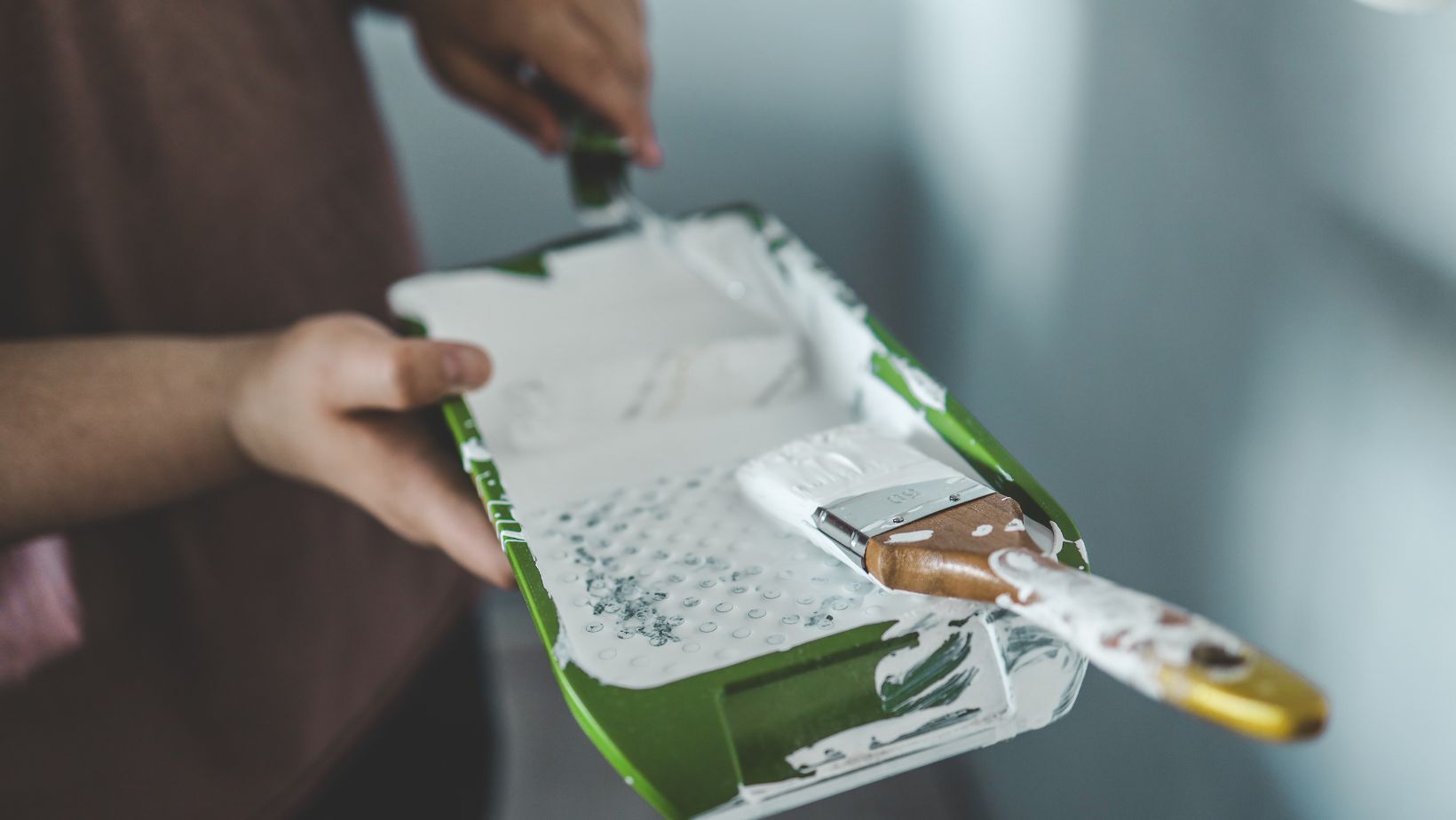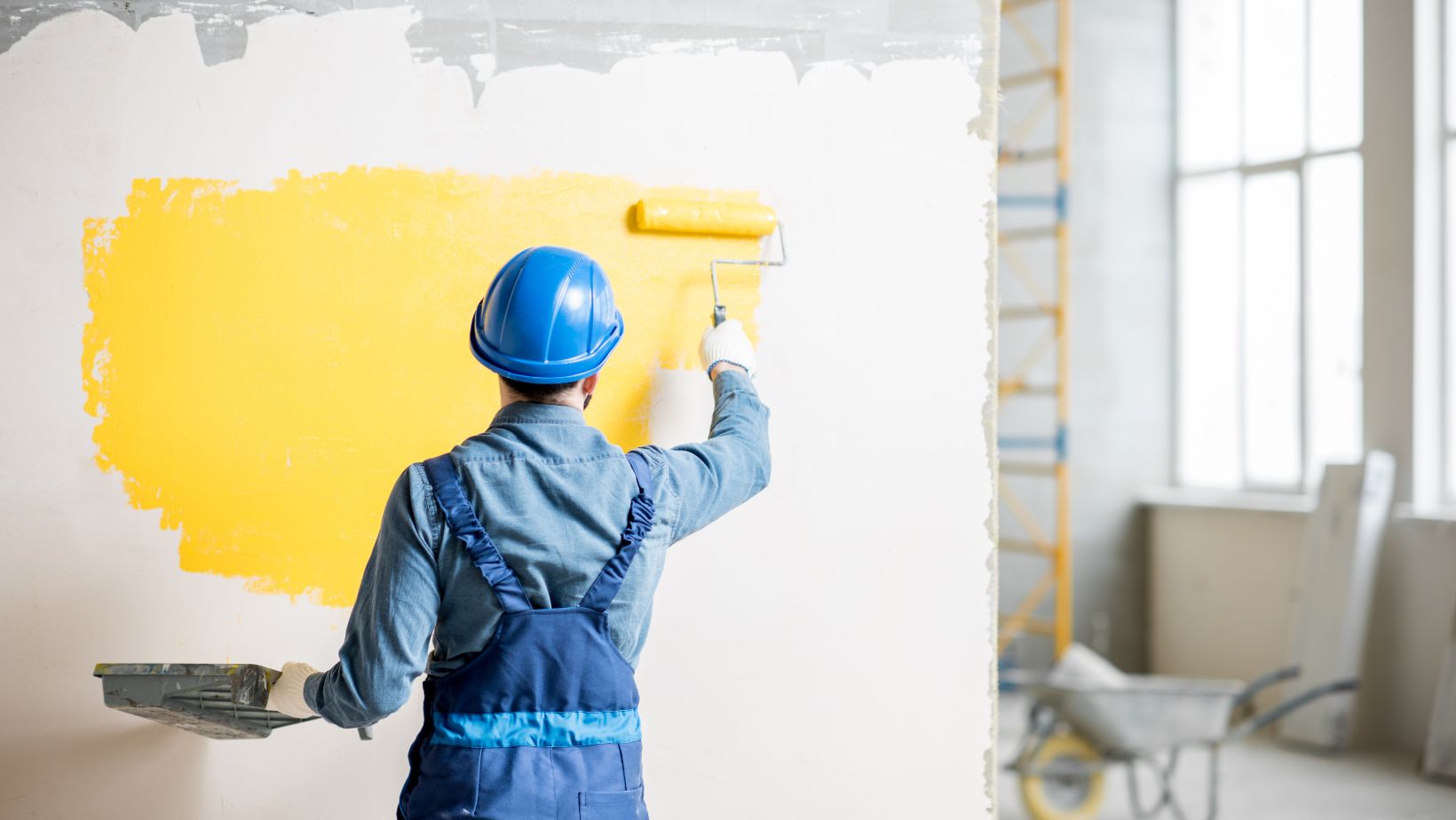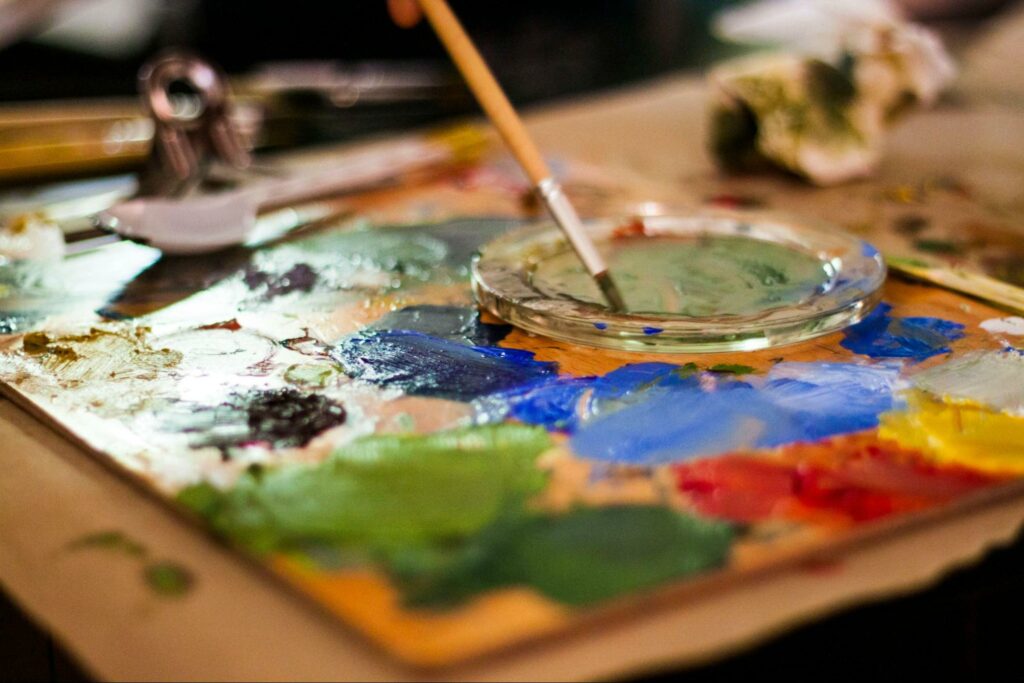Painting is one of the most effective ways to refresh a space without undertaking major renovations. The right technique can add depth, texture, or intricate designs to walls, furniture, and decorative elements. While a simple coat of paint can change the feel of a room, experimenting with unique applications takes home décor to another level.
DIY painting projects allow for customization, ensuring that each piece reflects individual taste. Whether creating a textured feature wall, intricate patterns, or a distressed vintage look, the right approach can make a dramatic difference. Instead of relying on store-bought décor, homeowners can craft pieces that are unique and personal.
With the right tools and a creative mindset, the following techniques can turn ordinary surfaces into striking elements that elevate a home’s interior.
Textured Painting for Depth and Dimension
Flat surfaces can feel uninspired. Adding texture to walls, furniture, or accessories introduces depth and variation, making a space feel more inviting. This method works well for those looking to create a layered aesthetic without major remodeling. Textured painting techniques range from simple sponge applications to stucco-like finishes that bring an artistic feel to any surface.
Sponging for a Soft, Layered Look
- What it is. A technique that involves dabbing paint with a sponge, creating a layered, organic texture.
- Best surfaces. Walls, cabinets, and furniture.
- How to do it:
- Apply a base coat and let it dry.
- Dip a sponge into a lighter or darker shade of paint and gently dab across the surface.
- Repeat with different tones for a subtle gradient effect.
Stucco and Plaster Effects for a Rustic Appeal
- What it is. A method that mimics the look of stucco, creating a rough, textured finish.
- Best surfaces. Accent walls, vases, and decorative trays.
- How to do it:
- Mix joint compound or plaster with paint.
- Apply the mixture using a trowel, creating an uneven surface.
- Once dry, sand lightly to refine rough spots.
Metallic and Pearlized Finishes for a Luxurious Touch
- What it is. A method that adds a soft shimmer or bold metallic sheen to surfaces.
- Best surfaces. Mirrors, furniture, and ceiling accents.
- How to do it:
- Apply a base coat in a neutral shade.
- Lightly brush a metallic or pearlized topcoat, blending gently for a smooth effect.
Canvas by Numbers for a Controlled Textured Approach
For those looking to explore texture on a smaller scale, canvas by numbers kits provide a structured way to experiment with layering techniques.

These guided painting projects allow for controlled creativity, resulting in custom artwork that can be displayed throughout the home.
Pattern-Based Painting for Unique Designs
Flat, single-color walls or furniture pieces often lack visual interest. Patterns introduce movement and contrast, turning an ordinary surface into a standout feature. Whether using stencils, painter’s tape, or freehand designs, this method creates customized décor that reflects personal style.
Stenciling for Precise, Repeatable Patterns
- What it is. A technique that involves painting over a stencil to create detailed, symmetrical designs.
- Best surfaces. Walls, furniture, and floors.
- How to do it:
- Secure the stencil against the surface.
- Use a stencil brush or sponge to apply paint in light layers.
- Carefully remove the stencil to reveal the design.
Geometric Tape Designs for a Bold Statement
- What it is. A method that uses painter’s tape to create sharp, clean lines in geometric shapes.
- Best surfaces. Accent walls, dressers, and coffee tables.
- How to do it:
- Apply a base coat and let it dry.
- Arrange painter’s tape in triangles, diamonds, or zigzag patterns.
- Paint over the tape with a contrasting color and remove once dry.
Ombre and Gradient Effects for a Soft Transition
- What it is. A method where two or more colors blend into each other seamlessly.
- Best surfaces. Walls, canvas art, and large furniture pieces.
- How to do it:
- Start with the darkest shade at the base and blend upward with a lighter tone.
- Use a damp sponge or brush to smooth out transitions.
Patterns allow homeowners to experiment with bold designs while keeping the process manageable.
Aging and Distressed Effects for a Vintage Look
Distressed finishes give furniture and décor an aged appearance, adding character to a space. Whether creating a weathered effect on wooden furniture or a soft, whitewashed finish, these techniques bring warmth to interiors.
Dry Brushing for a Faded, Worn Effect
- What it is. A technique where a dry brush applies paint lightly to create a streaky, weathered look.
- Best surfaces. Wooden furniture, decorative trays, and picture frames.

- How to do it:
- Dip a dry brush into paint, then remove excess on a cloth.
- Lightly drag the brush across the surface, leaving subtle streaks.
Whitewashing for a Soft, Muted Finish
- What it is. A method where diluted white paint is applied to soften natural wood tones.
- Best surfaces. Wood paneling, brick walls, and garden furniture.
- How to do it:
- Mix one part white paint with two parts water.
- Apply the wash with a brush and wipe off excess paint with a cloth.
Chalk Paint for a Matte, Antique Feel
- What it is. A painting technique using chalk-based paint for a soft, powdery finish.
- Best surfaces. Cabinets, bookshelves, and wooden chairs.
- How to do it:
- Apply chalk paint and let it dry.
- Lightly sand edges for a distressed appearance.
Distressed finishes work well in farmhouse, rustic, and bohemian spaces, bringing warmth to interiors.
Conclusion
Painting techniques offer a creative way to personalize a space without extensive renovations. Whether adding depth with textures, introducing patterns, or achieving a vintage aesthetic, DIY projects make home décor more expressive. Textured painting brings richness and character, pattern-based techniques create striking focal points, and distressed finishes add warmth and charm. With the right tools and a willingness to experiment, any surface can be transformed into a unique statement piece. Painting isn’t just about changing color—it’s about creating an atmosphere that reflects personal style.

